
Clogged Pipe? Quick and Simple Hacks to Solve It Without Calling a Repairman – Save Time and Money
A clogged pipe is one of the most common household problems that can cause frustration and disrupt daily routines. Whether it happens in the kitchen sink, bathroom drain, or shower, the issue often leads people to immediately think about calling a professional. While professional plumbers certainly provide valuable services, there are times when a clogged pipe can be managed quickly and effectively with a few simple techniques right at home.
The good news is that you don’t always need complicated equipment or costly repairs to fix this problem. With the right approach, you can clear a blockage, restore water flow, and save money—all in less time than it would take to schedule a service call. In this article, we will explore practical, safe, and budget-friendly methods to solve clogged pipes on your own.
Understanding Why Pipes Get Clogged
Before exploring the solutions, it is helpful to understand why pipes get blocked in the first place. The causes can vary depending on the location in the home:
-
Kitchen sinks: Food particles, oil, and grease often accumulate inside pipes, hardening over time and creating stubborn blockages.
-
Bathroom sinks and showers: Hair, soap residue, and toothpaste are common culprits that combine to create sticky clogs.
-
Toilets: Excessive tissue or items not designed to be flushed can cause obstructions.
Knowing the root cause of the problem helps you apply the most effective solution without making the situation worse.
Step One: Hot Water Flush
One of the simplest and most overlooked methods is using hot water. Heat can help dissolve or loosen grease and soap buildup inside the pipes.
How to do it:
-
Boil a large pot of water.
-
Carefully pour it directly into the drain in two or three stages.
-
Wait a few minutes between pours to allow the hot water to work its way through the clog.
This method works best for grease-related blockages in kitchen sinks, but it is safe to try on bathroom drains as well.
Step Two: Baking Soda and Salt Mix
Another effective solution uses common household items. Baking soda is known for its cleaning properties, and when combined with salt, it creates a powerful scrubbing effect inside the pipes.
How to do it:
-
Mix half a cup of baking soda with half a cup of salt.
-
Pour the mixture down the drain.
-
Let it sit for at least 20 minutes.
-
Follow it up with hot water to flush everything away.
This method is particularly good for small to medium clogs that result from everyday buildup.
Step Three: Vinegar and Baking Soda Reaction
For tougher clogs, the combination of vinegar and baking soda can be highly effective. The fizzing reaction helps break down residue and clear the passage.
How to do it:
-
Pour half a cup of baking soda into the drain.
-
Follow it with one cup of vinegar.
-
Allow the mixture to sit for 15–30 minutes while it bubbles.
-
Finish by flushing the drain with hot water.
This method works well in sinks and showers, especially where soap scum and hair are involved.
Step Four: Manual Removal with a Simple Tool
Sometimes the blockage is caused by visible debris close to the surface. In such cases, you can manually remove it using simple household tools.
How to do it:
-
Straighten a wire hanger, leaving a small hook at the end.
-
Insert it gently into the drain and pull out any hair or debris.
-
Dispose of the debris and rinse the area with hot water.
This method is particularly useful for shower drains where hair is the main issue.
Step Five: The Two-Brush Trick
A clever household hack involves tying two old toothbrushes together with the bristles pointing outward. This creates a compact scrubbing tool that can be inserted into the drain to clean out buildup.
How to do it:
-
Take two old toothbrushes and tie them together with a rubber band or string.
-
Insert the dual brush into the pipe opening.
-
Twist and scrub gently to loosen debris.
-
Rinse with water afterward.
This DIY tool is simple but effective for reaching narrow areas and cleaning without damaging the pipes.
Preventing Future Clogs
While quick fixes are helpful, prevention is even better. Here are some easy tips to keep your pipes flowing smoothly:
-
Avoid pouring grease into sinks. Instead, collect it in a container and dispose of it properly.
-
Use drain covers. They catch hair and food particles before they enter the pipe.
-
Rinse with hot water regularly. Doing this once a week helps prevent buildup.
-
Practice moderation. Avoid flushing too much tissue or items that are not designed to dissolve in water.
By adopting these small habits, you reduce the likelihood of frequent clogs and extend the life of your plumbing system.
When to Call a Professional
Although these DIY solutions are effective in most cases, there are situations where calling a repair specialist is the smarter choice:
-
If water is backing up into multiple drains at once.
-
If you suspect a problem deep in the main sewer line.
-
If repeated attempts fail to solve the issue.
In such scenarios, professional equipment and expertise are necessary to prevent further damage.
Benefits of Solving It Yourself
Taking the time to try these methods offers several advantages:
-
Saves money: Professional visits can be costly, and many clogs can be fixed at no cost with household items.
-
Saves time: Instead of waiting for an appointment, you can often solve the problem within minutes.
-
Gives peace of mind: Knowing you can handle small household issues increases confidence and independence.
Final Thoughts
Clogged pipes are inconvenient, but they don’t have to ruin your day or your budget. By using hot water, baking soda, vinegar, salt, or even simple household tools, you can quickly clear most blockages. Preventive measures such as using drain covers and avoiding grease in the sink will help keep the problem from coming back.
The key is to stay calm, assess the situation, and try safe, simple solutions before spending money on outside help. With these practical tricks, you can manage clogs efficiently and enjoy a smoother, stress-free household routine.
News in the same category


Place a Bar of Soap in the Toilet — It Has an Amazing Effect That You’ll Wish You Had Known Sooner
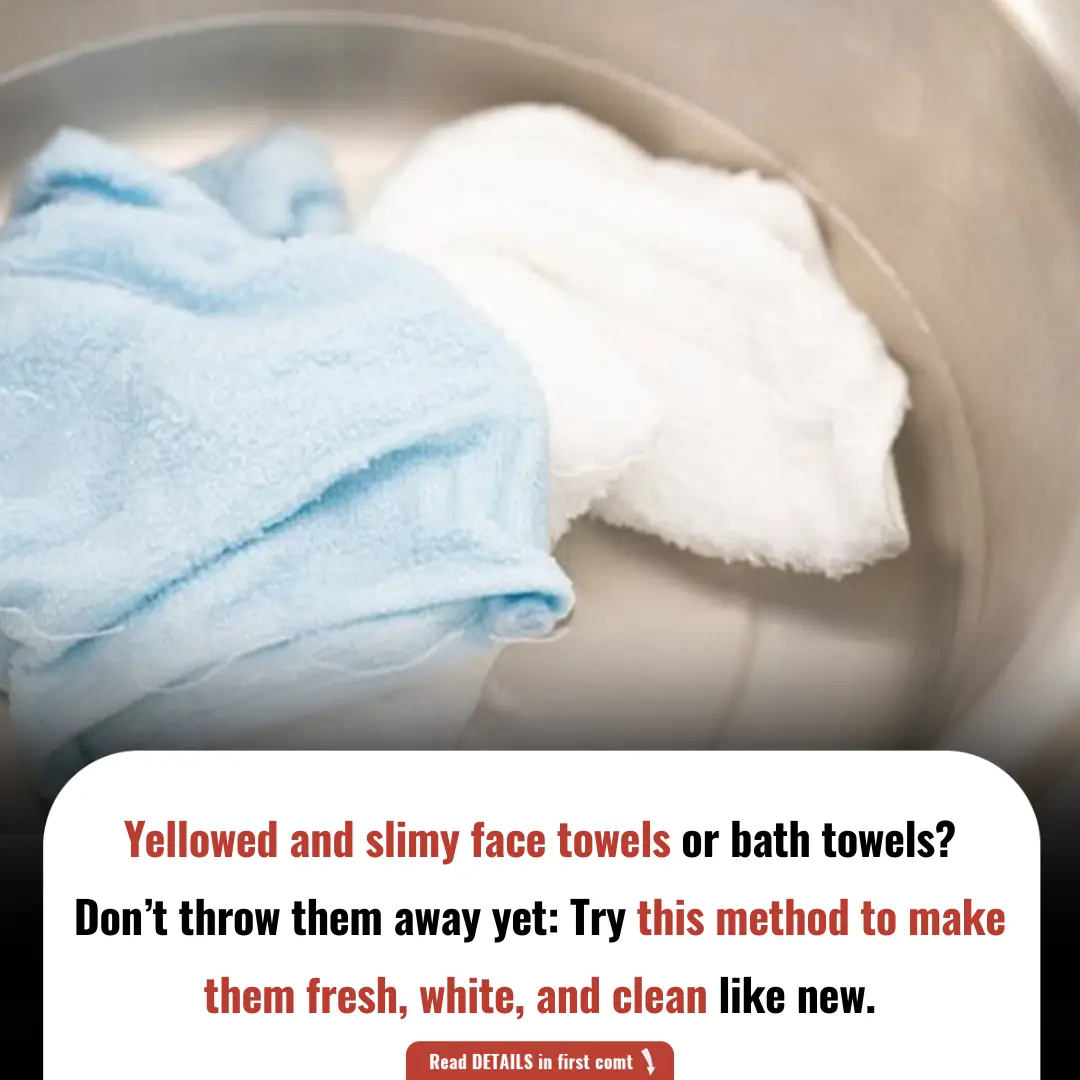
Yellowed and Slimy Face Towels or Bath Towels? Don’t Throw Them Away Yet: Try This Method to Make Them Fresh, White, and Clean Like New

Mix Toothpaste with This Simple Ingredient for an Amazing Effect — You Should Try It Right Away
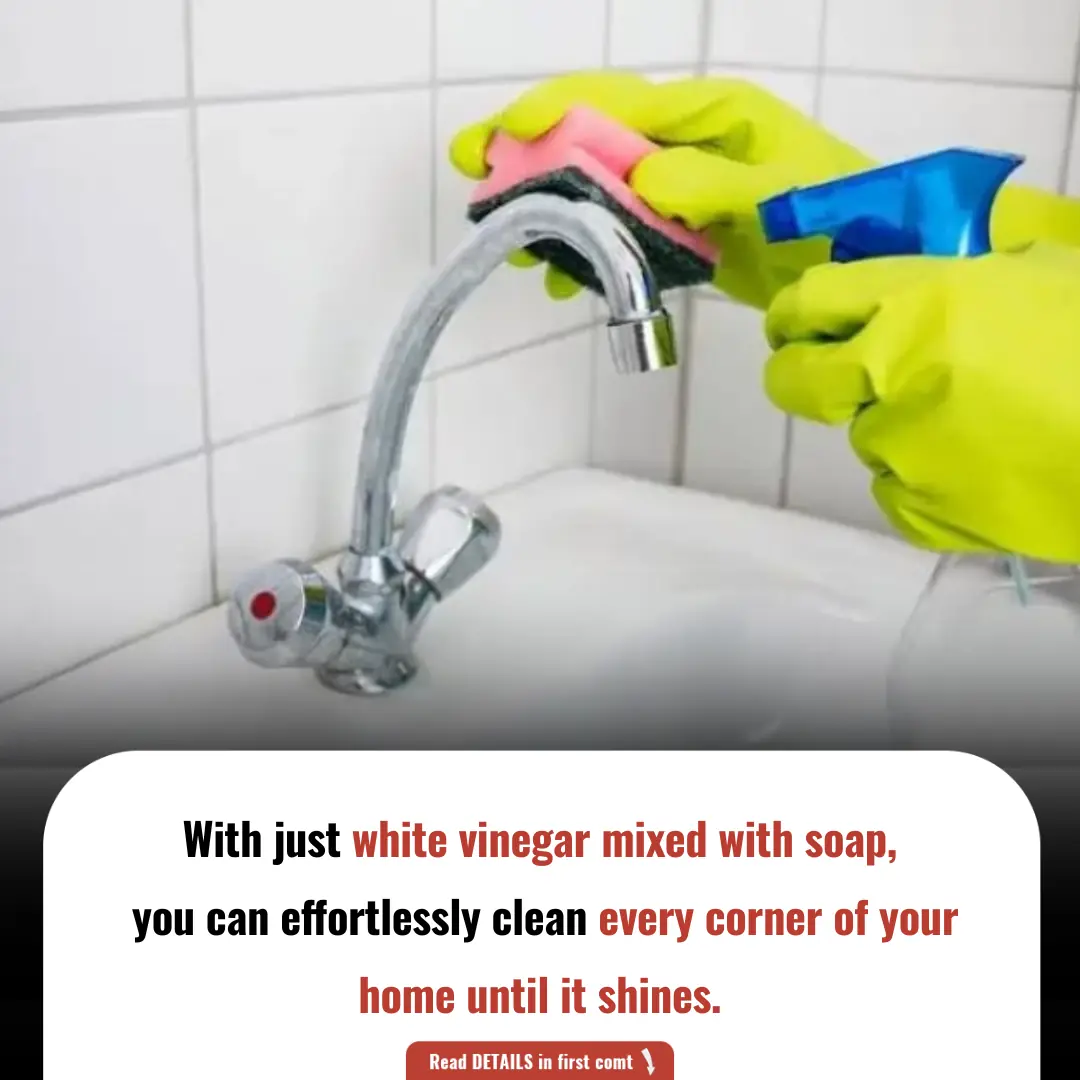
With Just White Vinegar Mixed with Soap, You Can Effortlessly Clean Every Corner of Your Home

Creative DIY Trick: How Two Old Toothbrushes Can Solve Everyday Household Challenges

The Benefits of Chicken Feet Stewed with Black Beans – As Powerful as Ginseng

There are many cuts of beef, but only these 3 are considered the true “essence” – both chefs and butchers wholeheartedly agree!

Put this into a lemon and place it in the corner of your house – mosquitoes will stay away for good

Is Your Air Conditioner Outdoor Unit Making Loud Grinding Noises? Use This Simple Trick to Make It Run Quietly Without Calling a Technician!

3 Effective Ways to Prevent Snakes from Entering Your Home Everyone Should Know to Protect Their Family
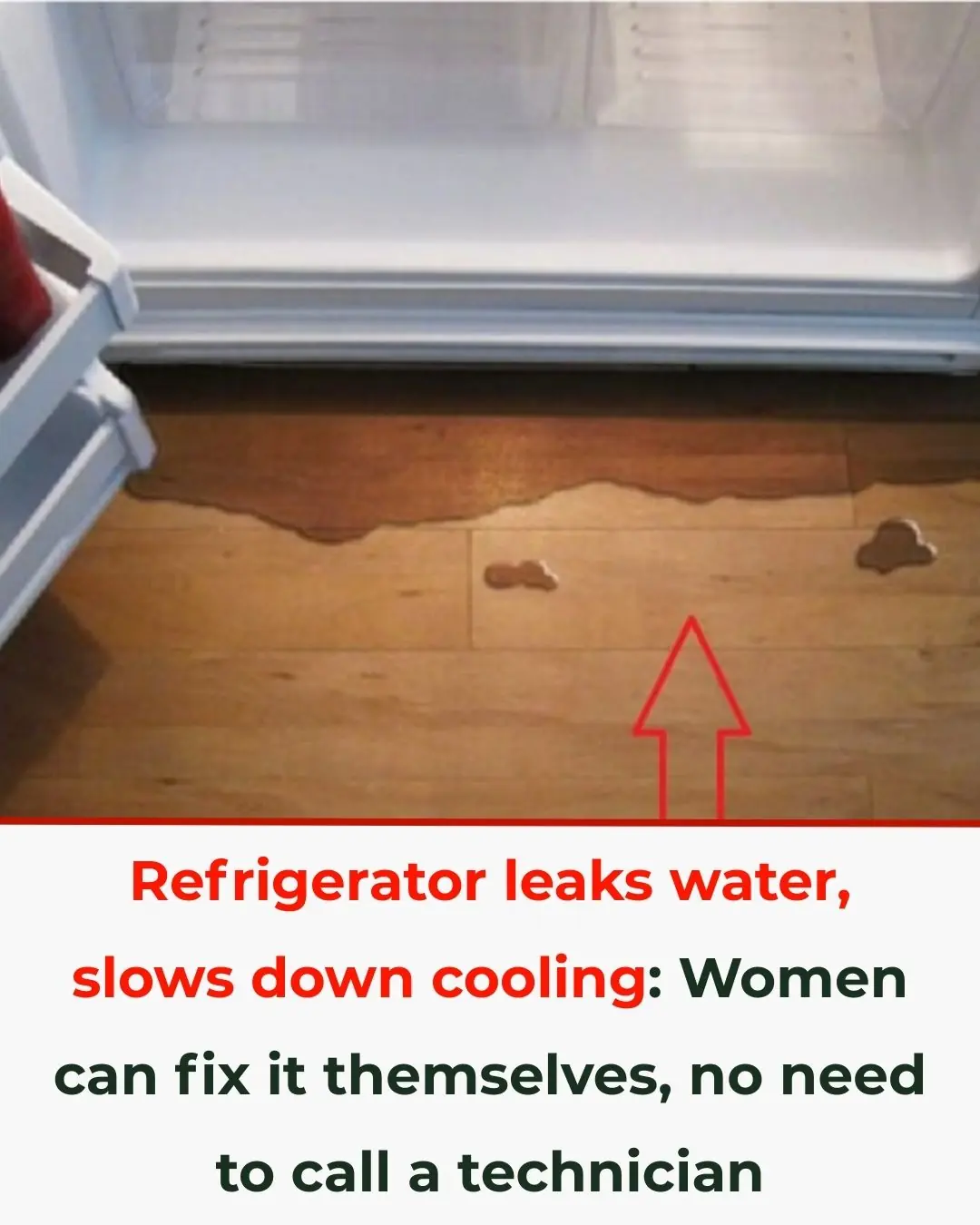
How to Handle Common Refrigerator Problems and a Surprising Lesson from American Toilet Habits

The Elders' Teachings Are Not Wrong: "The Kitchen Should Not Face Three Directions, and the Bed Should Not Be Placed in Three Locations"

5 Types of Plants That Snakes Love: If You Plant Them in Front of Your House, Remove Them Immediately Before It’s Too Late
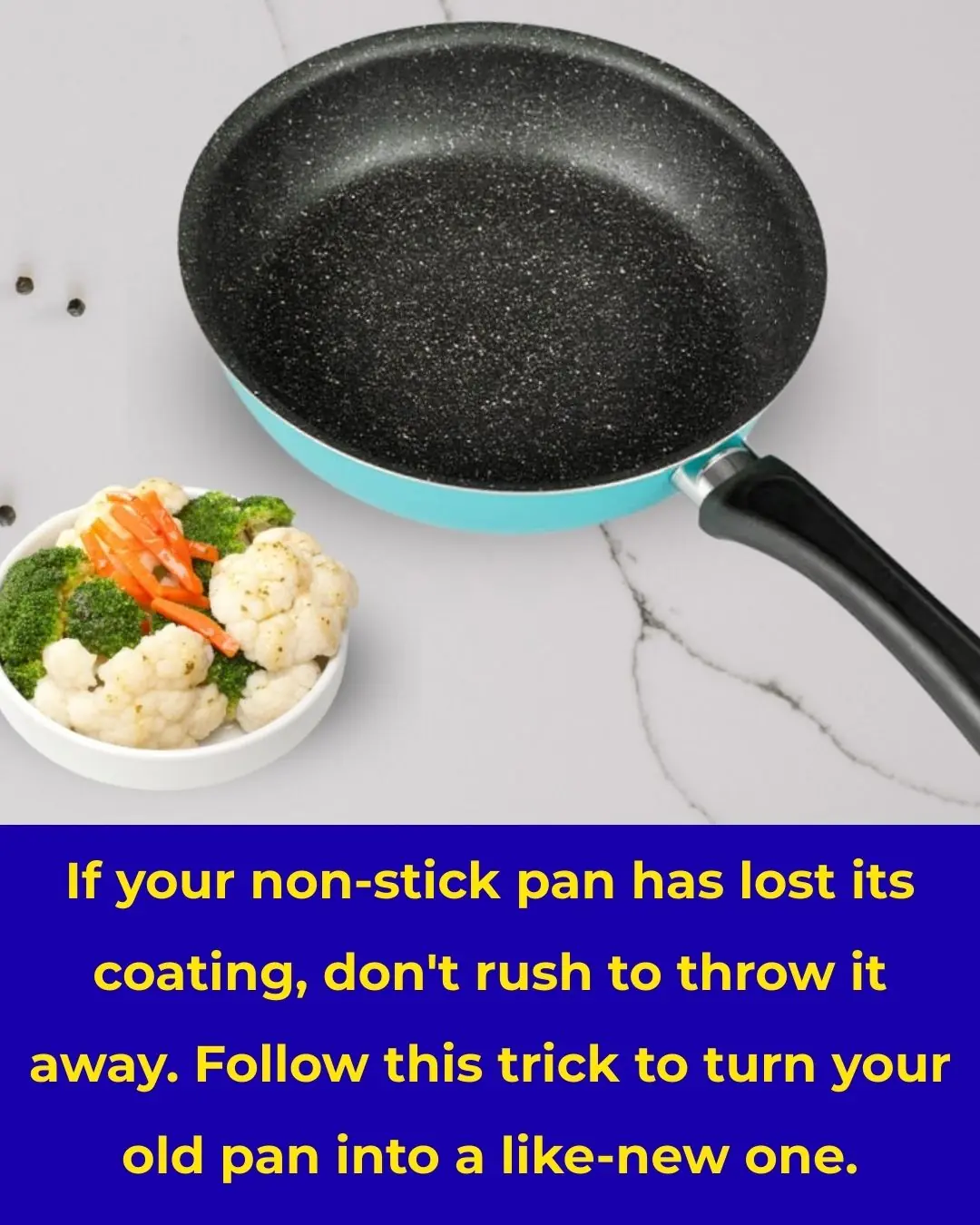
If Your Non-Stick Pan Has Lost Its Coating, Don’t Rush to Throw It Away. Follow This Trick to Turn Your Old Pan Into a Like-New One.
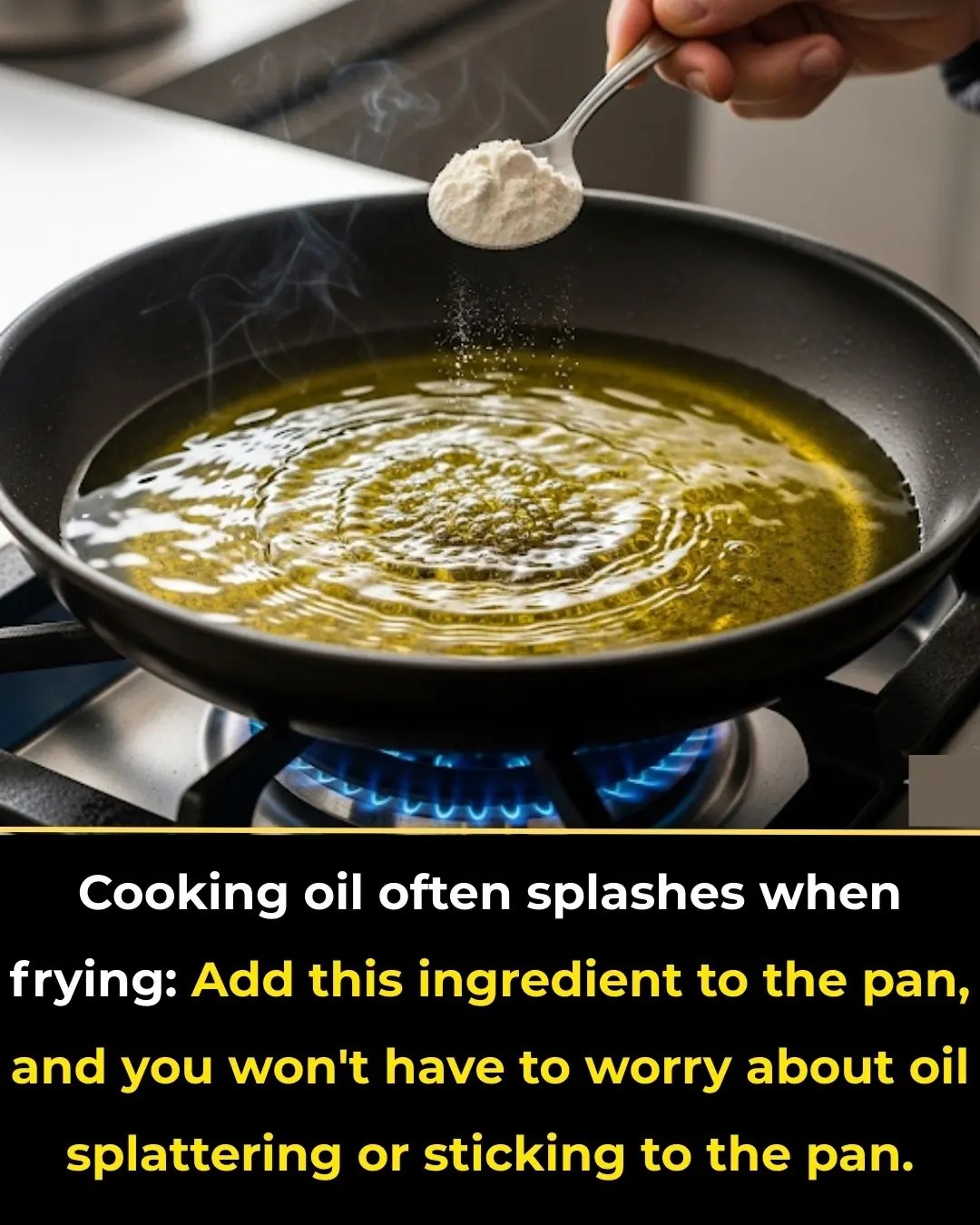
Cooking Oil Often Splashes When Frying? Add This Ingredient to the Pan, and You Won't Have to Worry About Oil Splattering or Sticking to the Pan

Is It Correct to Close the Door When Using the Air Conditioner? Here Are 5 Mistakes That Can Cause Your Electricity Meter to Increase 2-3 Times
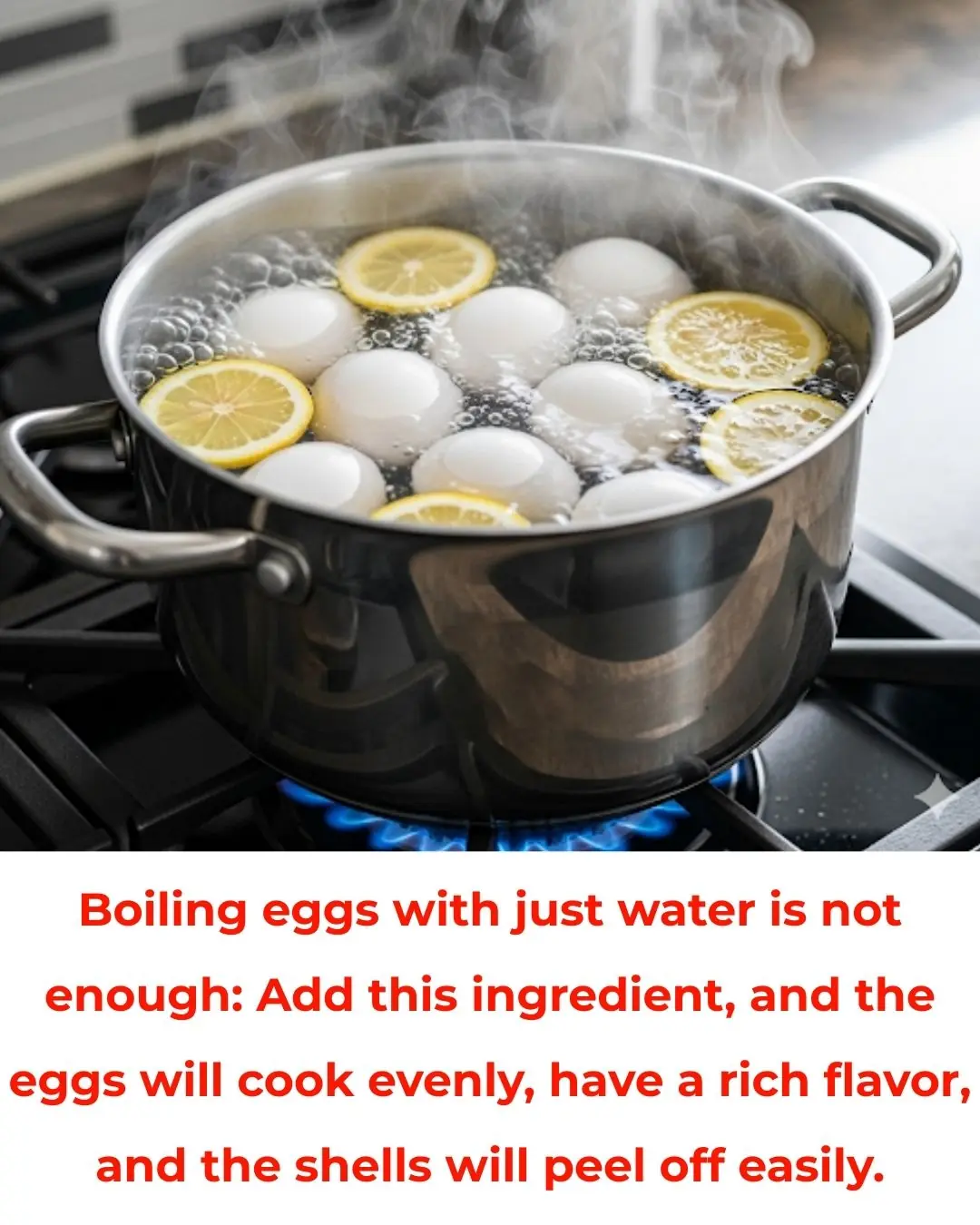
Boiling Eggs with Just Water is Not Enough: Add This Ingredient, and the Eggs Will Cook Evenly, Have a Rich Flavor, and the Shells Will Peel Off Easily
News Post

Don’t Throw Away Old Newspapers: Discover 6 Incredible Hacks to Make Life More Convenient

Place a Bar of Soap in the Toilet — It Has an Amazing Effect That You’ll Wish You Had Known Sooner

Yellowed and Slimy Face Towels or Bath Towels? Don’t Throw Them Away Yet: Try This Method to Make Them Fresh, White, and Clean Like New

Mix Toothpaste with This Simple Ingredient for an Amazing Effect — You Should Try It Right Away

Pouring White Sugar into Laundry Detergent: A Simple Trick Every Household Will Love, Saving a Significant Amount Each Year

With Just White Vinegar Mixed with Soap, You Can Effortlessly Clean Every Corner of Your Home

Creative DIY Trick: How Two Old Toothbrushes Can Solve Everyday Household Challenges

Why Your Legs Cramp at Night (And How to Fix It)
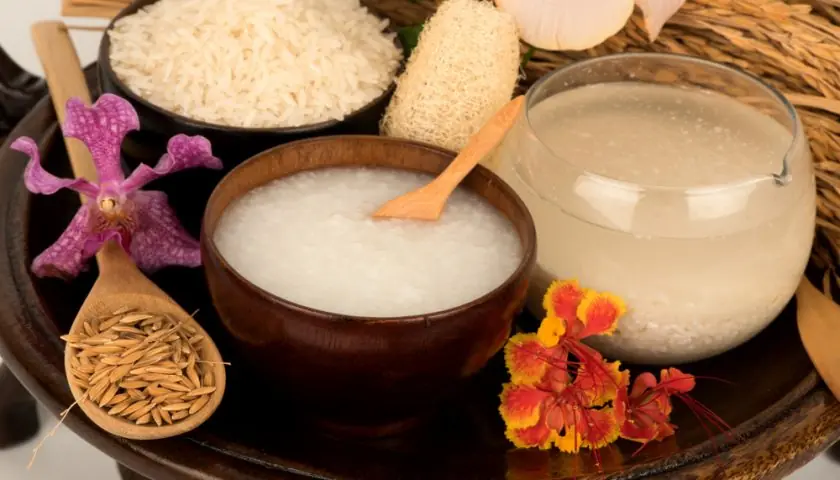
How to Use Rice Water for Gorgeous Hair and Skin (Detailed Instructions)

Beware: U.S. Salmon May Be Crawling with Japanese Tapeworm, Say Scientists

The Benefits of Chicken Feet Stewed with Black Beans – As Powerful as Ginseng

There are many cuts of beef, but only these 3 are considered the true “essence” – both chefs and butchers wholeheartedly agree!

Colon Cleansing: How to Naturally Flush Your Colon at Home (Science-Based)

Put this into a lemon and place it in the corner of your house – mosquitoes will stay away for good

3 Morning Symptoms That May Signal the Onset of Canc3r

"8 abnormal signs warning of c3rvical canc3r that women need to recognize early"

If you don’t correct these 5 harmful eating and drinking habits right away, sooner or later your esophagus will also be “ravaged” by cancer cells.

Is Your Air Conditioner Outdoor Unit Making Loud Grinding Noises? Use This Simple Trick to Make It Run Quietly Without Calling a Technician!
